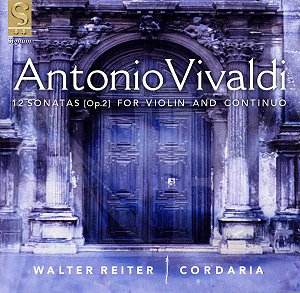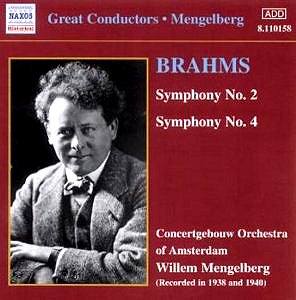 Composer: Antonio Vivaldi
Composer: Antonio Vivaldi
Works: 12 Sonatas for Violin and Continuo, Opus 2
Performers: Walter Reiter, violin
Recording: May and August 1998
Label: SIGNUM
Antonio Vivaldi, one of the towering figures of the Baroque period, composed his 12 Sonatas for Violin and Continuo, Opus 2, around 1708, during a formative stage in his career. This collection, though often overshadowed by his later masterpieces such as “The Four Seasons,” offers a revealing glimpse into Vivaldi’s early stylistic development. Originally conceived as sonatas for violin and cello, the eventual publication in the form of violin and basso continuo marks a significant transition in his compositional practice. The influence of Arcangelo Corelli’s structural norms is palpable, yet Vivaldi’s unique voice begins to emerge, albeit tentatively, throughout these charming works.
Walter Reiter’s interpretation is notable for its subtlety and grace, effectively navigating the delicate interplay between the violin and the continuo group. His playing showcases a refined technique, particularly in the long prelude of the third sonata, where he exhibits a fluidity and flexibility that highlight Vivaldi’s sinuous melodic lines. Reiter’s ornamentation is judicious, enriching the musical discourse without overwhelming the inherent lyrical qualities of the sonatas. The balance among the harpsichord, cello, and theorbo (or baroque guitar) is commendable, creating a vibrant tapestry that allows the violin to take center stage while also respecting the contributions of the continuo.
Within the recording, Vivaldi’s penchant for dance forms is evident, particularly in the sprightly movements of the second sonata, where the presto is a mere 27 seconds yet bursting with vitality. Reiter’s rhythmic precision captures the essence of the dance, displaying both virtuosity and restraint. This contrasts with the expansive character of the sixth sonata, where the prelude dominates the structure, presenting a potential imbalance. However, Reiter’s handling of this sonata is masterful; his phrasing and dynamic control ensure that the shorter movements do not feel like mere afterthoughts but rather integral components of the whole.
The engineering quality of this recording deserves particular mention. The sound is crystalline, allowing the listener to appreciate the nuanced textures of the ensemble. The clarity of the instruments is particularly striking when experienced through headphones, where the interplay of the continuo instruments can be fully appreciated. Such quality makes for an immersive listening experience that is both enjoyable and enlightening.
These sonatas, while perhaps labeled as “immature” by some critics, possess a charm and sophistication that transcend that characterization. Vivaldi’s early works, coupled with Reiter’s insightful performance, reveal a composer on the cusp of his distinctive style, making this recording a significant contribution to the exploration of Vivaldi’s oeuvre. Walter Reiter’s performance is a testament to the enduring appeal of these sonatas, capturing their joy and complexity with skill and enthusiasm, ultimately providing a compelling case for their place in the Baroque canon. Highly recommended for both Vivaldi aficionados and newcomers alike.



